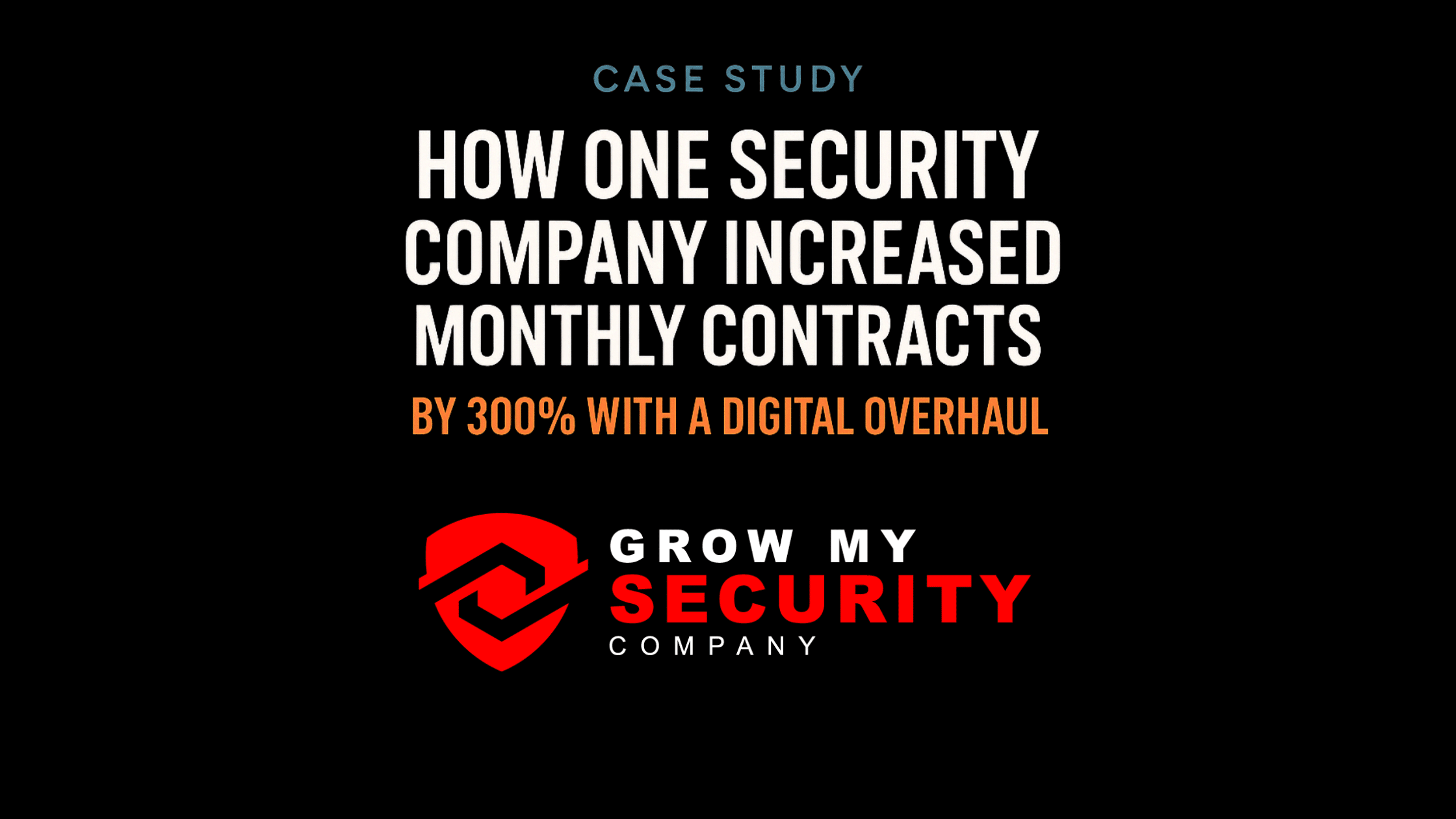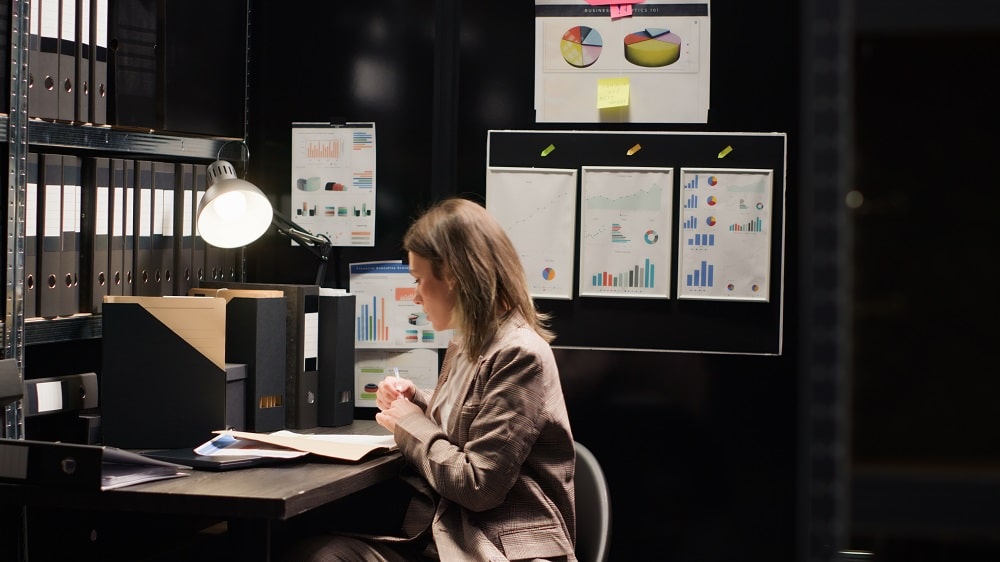Understanding Security Graphic Design: An Overview
Security graphic design might sound complex, but it’s all about creating visuals that protect your brand and your customer’s information. Imagine adding a secret symbol on your product packaging that only you can identify. Or picture a barcode that does more than just scan prices—it also confirms the item’s authenticity. That’s security design. It blends art with tech to guard against fraud, and it can be a game-changer for your marketing strategy. Companies use this to make sure that when customers see a design, they know it’s genuine, and not a cheap knock-off. Plus, it helps keep important info safe—like when you spot that little padlock on a website, and you think, “Okay, it’s cool to put my credit card details here.” That peace of mind? That’s thanks to security graphic design. It’s a subtle, yet powerful way to boost trust in your brand.
The Importance of Security Graphic Design in Branding
When you slap a logo on your product or an ad, you think it’s just a pretty picture? Think again. That’s your business’s face, and it’s gotta be tight. Now throw in some security graphic design, and you’ve got armor on that face. What’s it do? Keeps the bad guys from ripping off your look and confusing your customers. It’s like a secret handshake for your brand – only those in the know get it. And when your brand’s unique, folks remember it. It’s like seeing your buddy from across the field; you know it’s them from their silhouette. That’s the kind of recognition you want. Your brand needs to stand out and be protected, or it’s just another sitting duck in the pond.
Key Components of Security Graphic Design
In integrating security graphic design into your marketing, there are a few critical components to lock down. First, focus on brand consistency. Your security features shouldn’t look alien to your brand identity. They must blend seamlessly with your usual design elements while enhancing protection. Next, ensure the use of complex patterns or watermarks that are tough to replicate. These subtle additions can make counterfeiting your materials a real head-scratcher. Another element is the use of microtext. This tiny, almost invisible text works like a secret handshake – hard to notice unless you know it’s there. Lastly, consider employing holograms or foil stamps. These shiny features catch the eye and can be a nightmare for fraudsters to duplicate correctly. Get these components right, and you’ll have a strategy that not only looks sharp but is tough as nails when it comes to security.
How to Align Security Graphic Design with Your Marketing Strategy
To fit security graphic design into your marketing game plan, start by understanding your brand’s core values and message. This keeps everything consistent and trustworthy. Then, work closely with designers who know their stuff when it comes to security features. They’ll help create visuals that aren’t just pretty but also protect your brand from copycats.
Next, think about where you’ll use these designs. Are they for online stuff, physical products, or both? This decides which security elements to add like holograms or watermarks. And don’t forget about your audience. Make sure the design grabs their eye but doesn’t confuse them. Security features should blend in smoothly, not stick out like a sore thumb.
Remember, the main goal is to make sure your marketing materials are tougher for the bad guys to mess with, without losing the cool look and feel of your brand. Keep everything lined up with your strategy, and your branding will not only look top-notch but will also have that extra shield against the threats out there.
Adding a Layer of Trust: Incorporating Security Features
When you wrap security into your graphic design, you’re not just making things look good – you’re building trust. Think about it; when customers see that your marketing materials have security features, they’re more likely to feel safe sharing their information with you. And guess what? That trust turns browsers into buyers.
Here’s the deal: security features can range from basic watermarking to more complex holograms or QR codes that customers can scan to verify authenticity. The core idea is to make it tougher for counterfeiters to do their shady business with your branded content.
Now, let’s say you’re ready to beef up your marketing with some of these security features. First, highlight your commitment to safety right off the bat. Have your graphic design team create a visual vibe that says ‘secure and professional.’ That way, even before customers read a word of your content, they’re already feeling pretty good about your brand.
What you want to do next is integrate these features seamlessly into your design. Don’t let ‘em stick out like a sore thumb. You want your customers to notice the security, sure, but not at the expense of your design’s appeal. Balance is key.
Bottom line: when you blend security into your marketing designs, you’re showing customers that you value their peace of mind. That’s worth its weight in gold. Or, well, at least in brand loyalty and sales – which is what you’re after, right?
Balancing Aesthetics and Security in Your Visual Content
In today’s visual marketplace, your content needs to grab attention while also being secure. It’s about hitting that sweet spot where design meets protection. Think about it – your visual content isn’t just eye candy; it’s a fortress against misuse and theft. So, how do you keep it looking good and safeguarded?
Start by ensuring you’ve got the right security features – watermarks or discreet digital fingerprints. These are like invisible shields, subtly embedded, working to deter those with sticky fingers from nabbing your creative work.
Next, don’t let security measures scream louder than the design. Your audience should see your brand, your message, not the padlocks you put in place. Security should be a silent bodyguard for your visuals, there to protect, not to overshadow.
Finally, get your design and security to shake hands by using advanced software that can infuse protection right into the aesthetics. The right tools can make it so seamless that the untrained eye won’t notice the security, but at the same time, it’s tight as a drum.
Remember, balance is key. You want your graphics to be the belle of the ball but also a fortress against misuse and theft. It’s a dual role they can absolutely play if you strike that perfect harmony.
Tips for Working with Security Graphic Designers
When you bring a security graphic designer into the mix, it’s important to communicate your goals clearly. Start by laying out the specifics of your project. What’s your message? Who’s your audience? What action do you want them to take? Good designers will use this to create visuals that protect and also connect with viewers. Be upfront about timelines and budgets too. It helps keep everyone on the same page and avoids surprises. Always ask for their portfolio to see their style and past work, it’ll give you insight into their capabilities. And remember to give feedback, positive or critical, throughout the process. It’s a collaboration, after all. Encourage them to think outside the box, but make sure they understand any regulatory constraints. Security in design doesn’t mean dull. It can be engaging, just with that extra layer of safety in mind.
Case Studies: Successful Security Graphic Design Integration
Let’s talk real cases where companies nailed it with security graphic design in marketing. First up, a tech company specializing in antivirus software used bold, alarming graphics to grab attention. They featured a digital lock symbol splashed with bright reds and oranges on their product packaging. It wasn’t just eye candy; those graphics conveyed a sense of urgency to protect data. Result? Sales shot up by 25%.
Then, consider the financial service provider who embedded security icons into their ads. By using padlocks and shields in their designs, they instilled a sense of trust. Clever, right? It’s not just about looking good, it was about making customers feel secure. Their customer base grew, and they saw a 40% increase in engagement on social media.
Security graphic design isn’t a gimmick; it’s about tapping into customer psychology. If you’re not using this in your marketing, you’re missing out. These examples aren’t just successes; they’re lessons in the power of visual trust.
Measuring the Impact of Security Graphic Design on Marketing ROI
When you roll out security graphic design, it directly affects your marketing ROI—but how do you measure this impact? Here’s the deal: start tracking the before and after. Consider engagement rates on your marketing materials, such as clicks, shares, and time spent on pages. If your secure designs prevent counterfeiting or tampering, monitor sales data for any upticks. It’s about protecting your brand’s integrity too. Notice fewer customer complaints about authenticity? That’s a win. And always eye your conversion rates. More trust from a solid design often means more customers hitting that purchase button. Bottom line: Integrate security graphic design wisely, and it’ll show in the numbers.
Moving Forward: Keeping Your Security Graphic Design Approach Updated
In the digital age, your security graphic design approach can’t be set in stone. To stay ahead, it’s crucial to keep evolving. Start by tracking trends but don’t blindly follow them; your design must align with your brand and message. Always prioritize clarity; even the safest design fails if it’s not understood.
Be ready to adapt. New software tools are constantly emerging, and they might offer smarter ways to protect your designs. Leverage them. Also, pay attention to the legal landscape. Copyright and trademark laws can shift, and you have to stay compliant to avoid issues.
Finally, keep an eye on what others in your industry are doing. Not to copy, but to ensure your designs are competitive and resonate with consumers. Update regularly, but make sure each change is strategic and adds real value to your marketing goals. Engage with professionals who understand both design and security; their expertise is invaluable in navigating this ever-changing space. Keep moving, stay alert, and your security graphic design will not just be current but pioneering.








